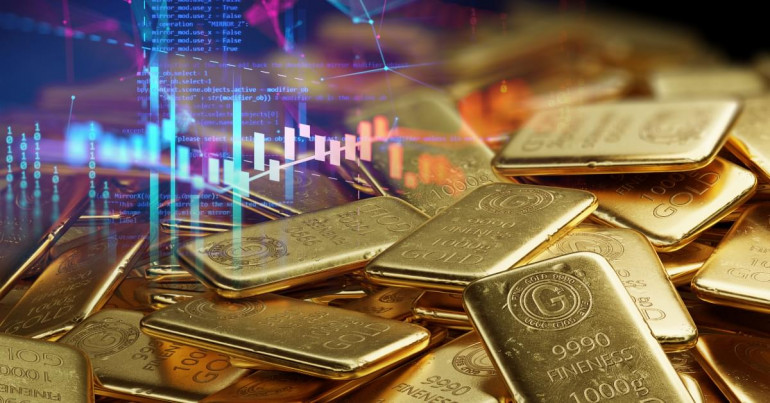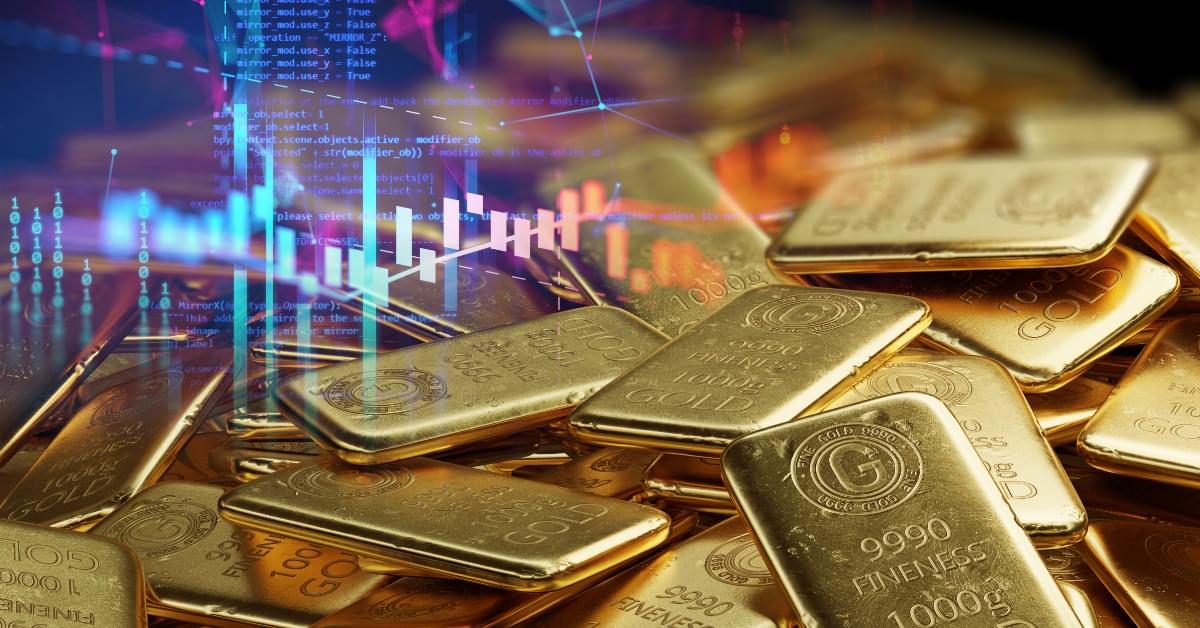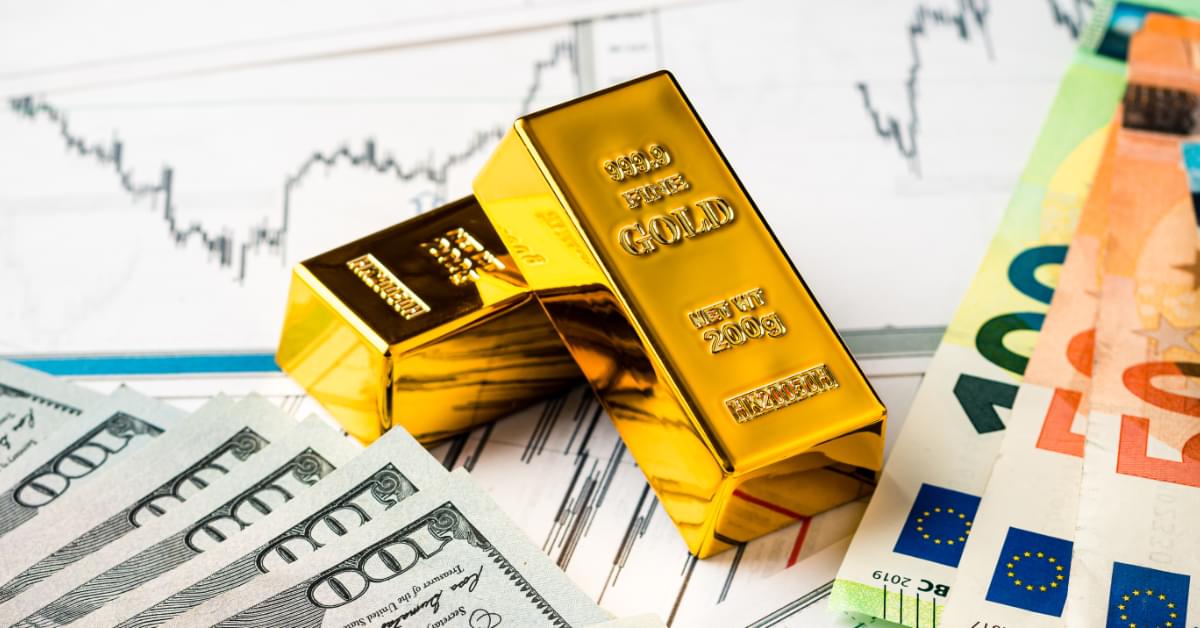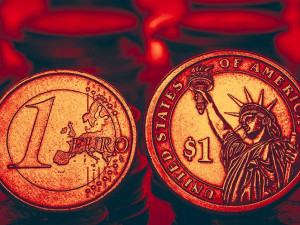
Gold is valuable essentially for the same reason that anything is – its perceived value by society. Gold is useful as a material, as it can be used for various technology, such as electronics, medical tools and aerospace technologies, but its value goes far beyond its practical use, and gold has always been a prized and valuable material.
For use as a currency, gold ticks many boxes that make it an ideal material, and its visually striking nature means that it complements our psychological perception of value.

Gold’s covetous nature
Throughout history, gold has always been highly valued, and has been used by thousands of civilisations as a medium of exchange, a store of wealth and to represent status or power. This historical root is what gives gold its confidence, as it has maintained a value and significance since the first civilisations on earth.
Gold is also visually appealing, and has a distinctive yellow colour that means it can be clearly identified, even from a distance. The weight of it too is another affirmation – gold is a heavy material, perhaps adding to its perceived value. Gold is found in the ground in its natural state too, and in rare cases can be simply picked from the ground in the form of gold nuggets – adding to its status of luck and fortune, and association with income mobility.
Even with the development of more modern civilisations, gold has played a key role in the forming of societies, sometimes causing a frenzy known as a gold rush.
Gold as currency
However, gold isn’t just valuable because it’s visually appealing. Gold makes for the perfect material to store value. The rarity of gold is at an ideal level, meaning that it is scarce enough to be a precious metal, but common enough that it can be used as a currency, unlike a material such as platinum, which is significantly rarer.
Gold is also very unreactive and durable, so it can be stored for hundreds of years and remain in the same state. Gold artefacts from ancient civilisations can still be found in good condition to this day. It’s also very malleable so it can be melted down and shaped into coins, bars and jewellery.
The unique softness of gold that makes it malleable also means that it can easily be verified. In the past, supposedly people would bite gold coins to check their authenticity – if the coin left teeth marks, it could be suggested that the coin was fake. This was because counterfeits were often lead coins plated with gold to mimic the weight, but were unable to mimic the harder alloys that gold was mixed with. A misconception has often been suggested, in that the biting of the coin was to check the softness of pure gold, but rarely would coins be pure gold.
As currency began to develop into a more practical paper currency, stores of gold formed into reserves and paper currency became a representation of gold owed. This is what led to the development of the gold standard.
What is the gold standard?
The gold standard is a system where a currency is fixed to the price of gold. By the 19th century, many countries had adopted the gold standard as a formalised monetary system, as due to the increased volume and complexity of the economy, the amount of gold could no longer be supported as a currency. However, a fixed exchange rate was set between their currencies and gold, meaning that the currency could always be exchanged for gold at a specific price. This provided stability and confidence in the currencies.
What was the Bretton Woods System?
Towards the end of the Second World War, many economies were shattered and looked to the USA and the trust in gold to rebuild an international economic system. This system basically ensured that all participating nations could exchange their currencies with US dollars, and US dollars would be fixed to the value of gold. 44 allied nations agreed to this deal, and the standard was set at $35 per troy ounce of gold. As a result, all these currencies had a form of backing with gold, by proxy with a stable and trusted currency.
However, the seemingly solid plan proved to be unstable. As nations were able to exchange their dollar reserves for gold, the USA began to fear that their gold reserves would deplete – and if the Bretton Woods System ended, they would be economically weaker than other countries who had spent time stockpiling gold.
On 15 August 1971, President Nixon decided that the gold standard would be terminated and the Bretton Woods system would end. The US dollar became a fiat currency as well as many other major currencies such as the pound, which meant that they became free-floating, with no fixing to the price of gold. Nixon shock refers to the era of economic disturbance as the gold standard was severed from all these currencies.

Is the gold standard good or bad?
Fiat currencies depend purely on trust in the currency, whereas a gold standard has a much stronger historical root in terms of trust. Another concern about fiat currencies is that they can be created almost infinitely, so are more prone to inflation, or a lack of trust, whereas gold has a physical limit.
Having said this, according to the Kent A. Clark Center’s survey, a majority of top American economists concur that the gold standard is not a reliable system for an economy and that price stability and employment outcomes do not necessarily improve. There is debate in the economic world about whether the gold standard is effective, and it has both been praised and criticised for its effectiveness.
Despite this, gold is still held in reserves by many governments. It’s often seen as a safe haven for investors too, so in times of economic trouble, investors will often flock to gold. The trust in gold has been there throughout history, and economic crises in the future could see governments return to a gold standard to stabilise an economy.
Caleb Hinton
Caleb is a writer specialising in financial copy. He has a background in copywriting, banking, digital wallets, and SEO – and enjoys writing in his spare time too, as well as language learning, chess and investing.



